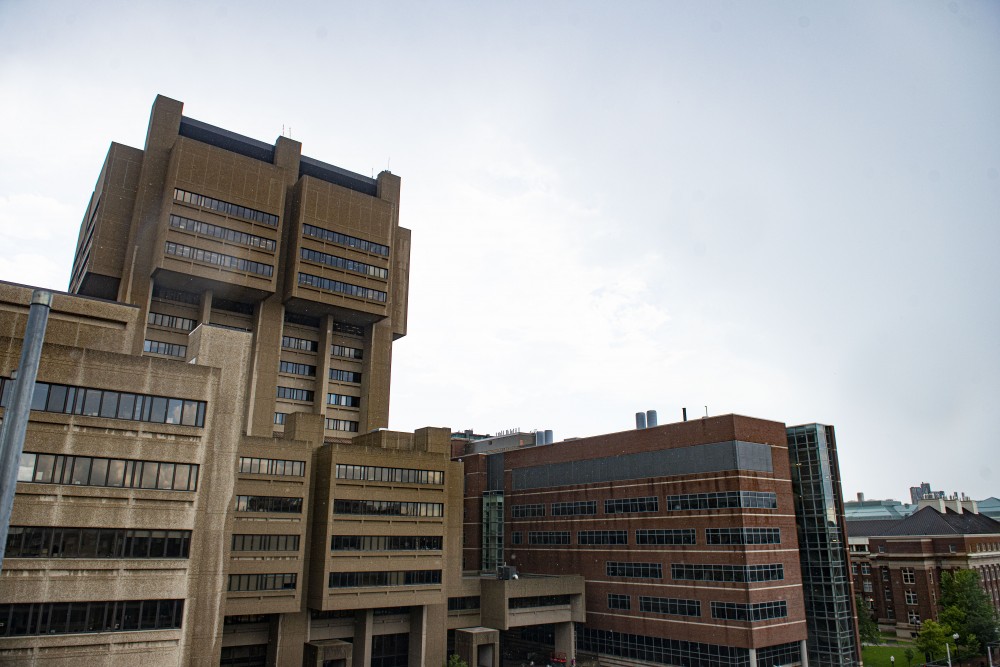Minnesota’s first presidential primary in nearly three decades could mean a bigger student turnout, experts say.
The state’s switch from a caucus to a primary system also allows voters to cast absentee ballots, which includes in-person and by-mail early voting, for the first time since 1992. Experts say the move away from caucuses, which can go on for several hours and don’t allow for early or absentee voting, may encourage more students to participate.
“I’m going to argue that the students have more of an input into the presidential election in Minnesota this time than they ever did in the caucuses,” said David Schultz, a political science professor from Hamline University.
Minnesota opened up early voting on Jan. 17, making it the first state in the country to do so. University of Minnesota students who voted early said it was both simple and convenient.
Environmental science major Max Yusen normally votes in his home state of Missouri. Friday was his first time casting an absentee ballot in Minnesota. His experience casting absentee ballots by mail in past elections was a long, drawn-out process that involved mailed correspondence, notarization and ID verification, he said.
“And so that’s way harder than here where I just went online and registered in, like, five minutes,” Yusen said.
In Minnesota, residents must register either online, by mail or in-person before they can vote.
Samual Lett, a political science major from Wisconsin, voted early in Minnesota. He said he was excited about voting early because it opens up the time for people to go to the ballots.
“It gives you a lot more opportunities to vote because for some people, Election Day, you know, it’s a Tuesday, and it’s just a very specific time frame,” Lett said.
The Minneapolis Elections and Voter Services division, tasked with administering federal and local elections in the city, will focus on educating residents on their voting options, including early voting, for this year’s highly anticipated election cycle.
Projections by the Elections and Voter Services division predict a turnout of more than 40,000 early votes this year in Minneapolis. In the 2018 midterm primary, around 15,000 early votes were cast in the city.
“We’re increasing our touch points in order to train the trainer and encourage other organizations in assisting us and getting that education and information out,” said Grace Wachlarowicz, director of Elections and Voter Services.
The Elections and Voter Services division’s goal is to engage all parts of the city, including students, Wachlarowicz said.
“We provide whatever is within our capability, under the law, as much service as possible so that each and every voter can vote independently and confidently,” Wachlarowicz said.
Looking at the general election, the city plans to install three satellite early voting centers ahead of Election Day, with one at or near the University campus, Wachlarowicz said.






















